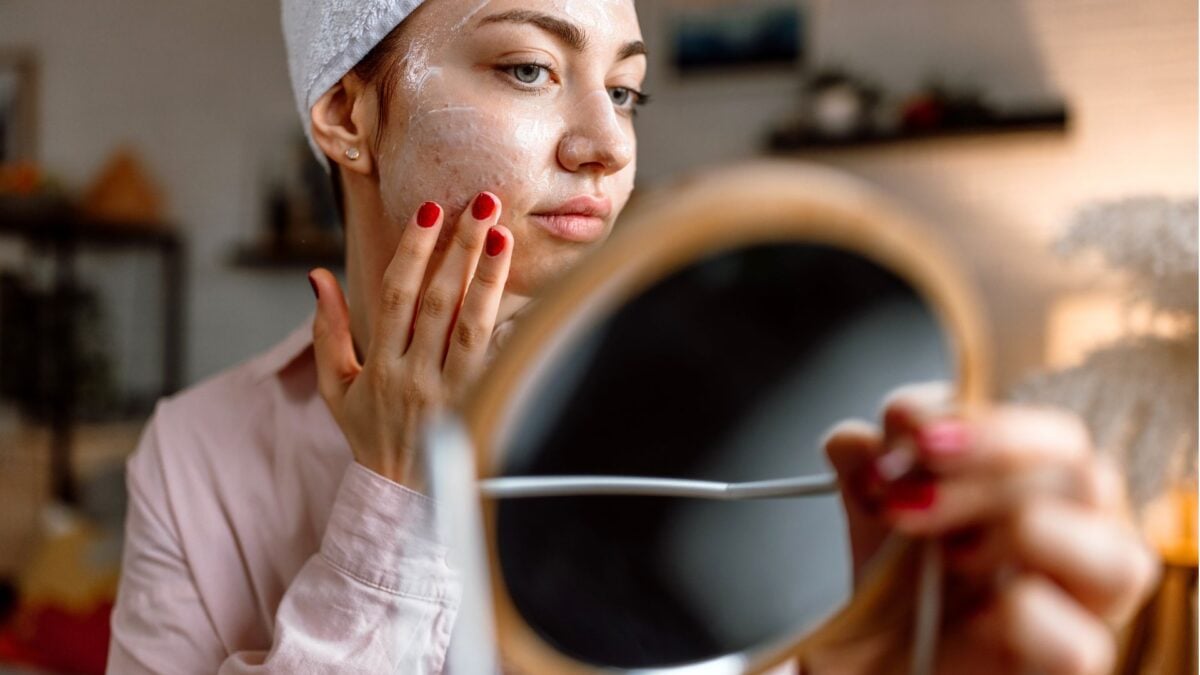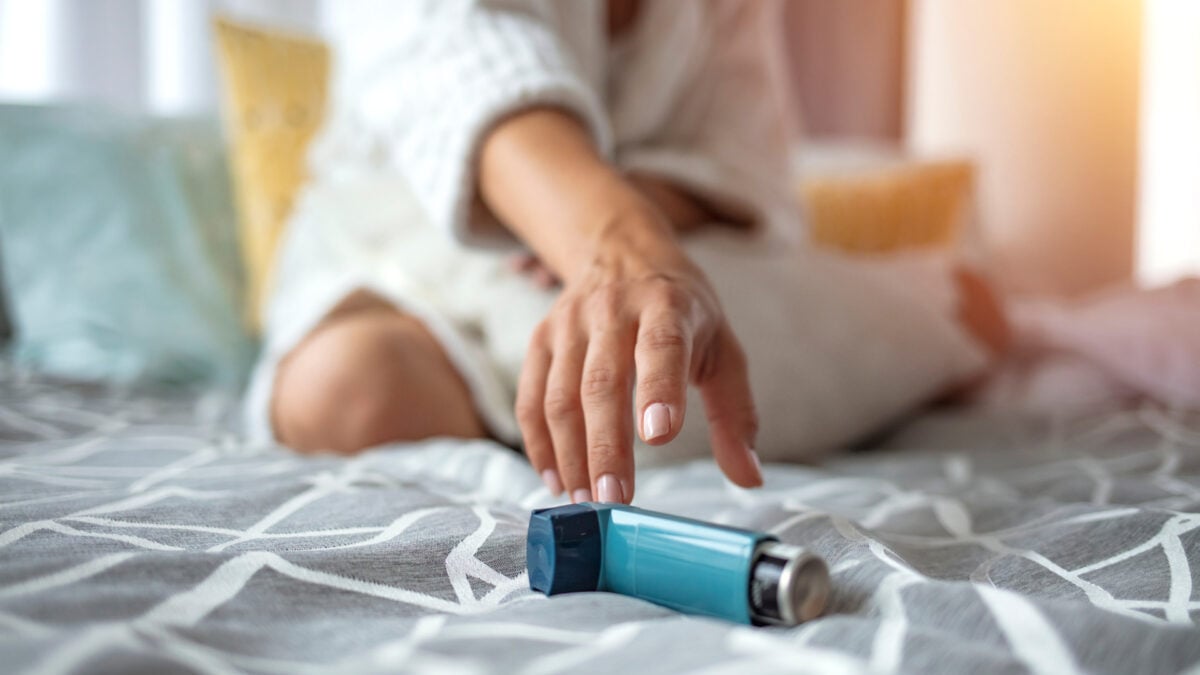The TikTok hashtag “skincare” yields a staggering 35 million videos, many featuring young beauty influencers showcasing elaborate multi-step routines. These “get ready with me” videos are immensely popular, but emerging research suggests these elaborate TikTok skincare routines might be causing more harm than good, particularly for younger audiences.
A groundbreaking study published in the journal Pediatrics by Northwestern University researchers is the first to delve into the risks and benefits of social media skincare regimens targeting users aged seven to eighteen. The findings are concerning: young girls featured in these videos use an average of six different facial products, with some using over a dozen. Such a routine typically costs around $168 per month and exposes young skin to an average of 11 different active ingredients—chemicals formulated to target specific skin issues like acne or signs of aging. While creators aim for flawless skin and encourage viewers to follow suit, layering numerous active ingredients simultaneously significantly heightens the risk of skin irritation, increased sun sensitivity, and an allergic skin reaction known as contact dermatitis. Previous studies indicate that developing this allergy can permanently limit an individual’s choices of soaps, shampoos, and cosmetics.
The Alarming Findings: What the TikTok Skincare Study Revealed
The research, led by Molly Hales, a postdoctoral research fellow and dermatologist at Northwestern University Feinberg School of Medicine, highlighted the dangers. “That high risk of irritation came from both using multiple active ingredients at the same time, such as hydroxy acids, as well as applying the same active ingredient unknowingly over and over again when that active ingredient was found in three, four, five different products,” Hales stated.
To conduct the study, Hales and a colleague created new TikTok accounts, setting their user age to 13. They analyzed a sample of 100 unique skincare videos, meticulously documenting creator demographics, the number and types of products used, and the total cost of each regimen. The study noted that all but one of the 82 creators were girls presenting with clear, light, and blemish-free skin. The researchers then compiled a list of each product’s active and inactive ingredients, identifying those most likely to trigger contact dermatitis.
Unpacking the Dangers: Problematic Ingredients and Habits
Across the 100 videos, a total of 260 distinct products were featured. Worryingly, among the 25 most-viewed videos, 76% contained at least one potential contact allergen, with fragrance being the most common culprit. However, the most frequently identified ingredients were chemical exfoliants known as alpha-hydroxy acids (AHAs). The top videos showcased an average of three AHAs per regimen, and some included as many as seven. Citric acid, a popular AHA, was found in 29% of all products.
According to the Food and Drug Administration (FDA), AHAs can cause skin irritation and significantly increase sun sensitivity. This makes it crucial to use these ingredients moderately and always follow up with SPF to prevent sunburn and lower the risk of skin cancer. Despite these warnings, only 26% of the analyzed daytime skincare routine videos included sunscreen. In one notable instance, a 10-year-old girl with red hair and fair, freckled skin—phenotypic markers associated with increased melanoma risk—applied eight different products to her face, none of which contained SPF. “The overall low rate of sunscreen use in the videos represents a significant missed opportunity, particularly for the youngest creators and users who do not yet need acne treatments, antiaging ingredients, or even topical emollients but would benefit from diligent sun protection,” the study authors emphasized.
Broader Perspectives: Industry Response and Expert Concerns
Maagx.com reached out to TikTok for a comment on these findings, but the company had not responded by the time of publication. However, a TikTok spokesperson told The Guardian, “this type of content is common across all media, and the authors admit they did not assess its impact on teen wellbeing. However, they did find actual benefits to teen self-expression, parent-teen bonding, and building a supportive community on TikTok.”
Despite TikTok’s stance, the Northwestern University researchers concluded that these elaborate skincare videos “offer little to no benefit for the pediatric populations they are targeting.” They argue that the regimens are excessively complicated, time-consuming, expensive, and dangerously increase children’s exposure to irritation, allergies, and sun damage. [internal_links]
Adding to these concerns, Tess McPherson of the British Association of Dermatologists, who was not involved in the study, told The Guardian that the proliferation of such skincare content has intensified the stigma around common skin conditions like acne, eczema, and even natural aging. “Younger and younger children are seeking skincare products when they don’t need them, they’re not helpful,” she stated. “This is a very concerning statement on society and how we view how skin should look.”
Conclusion: Prioritizing Healthy Skin Over Online Hype
The recent study underscores a critical message: the complex and costly TikTok skincare routines popularized among young audiences often carry significant risks without substantial benefits for pediatric skin. The emphasis on numerous active ingredients, frequent exfoliation, and the alarming lack of sunscreen use can lead to irritation, allergies, and long-term sun damage. While social media can be a platform for community, it’s crucial for users, especially parents and teens, to critically evaluate online beauty trends. Prioritizing simple, age-appropriate skincare and seeking advice from dermatologists rather than unverified influencers is key to maintaining genuine skin health.











